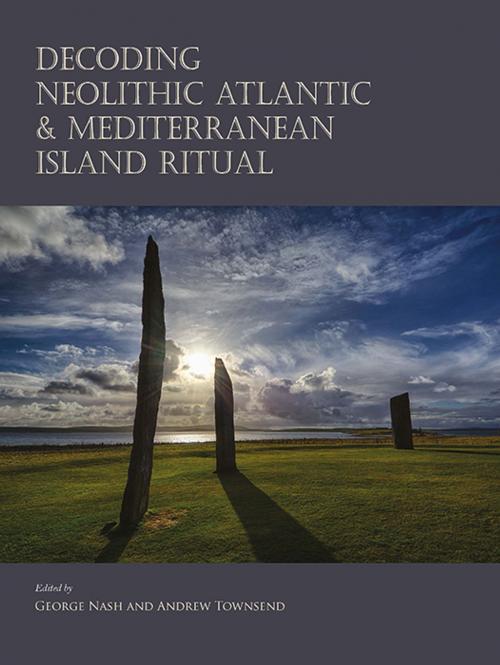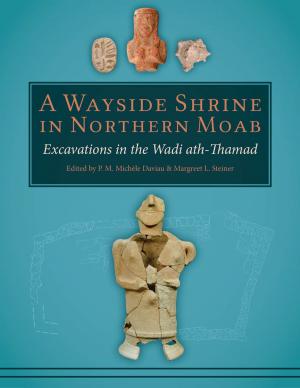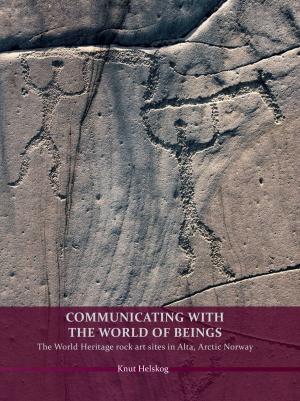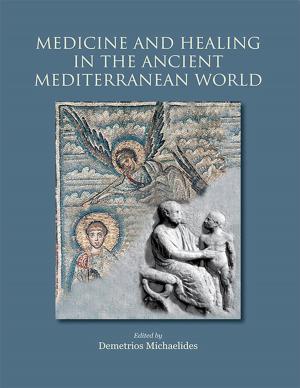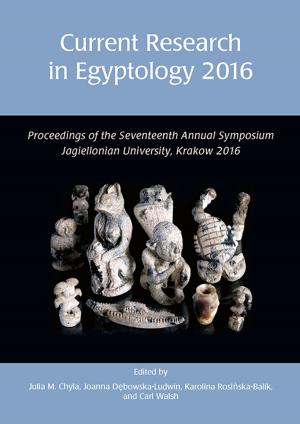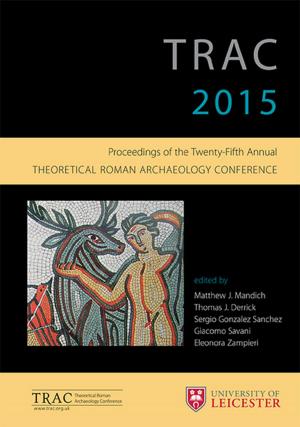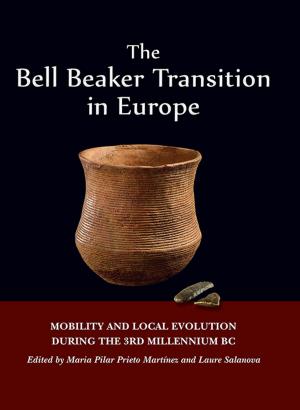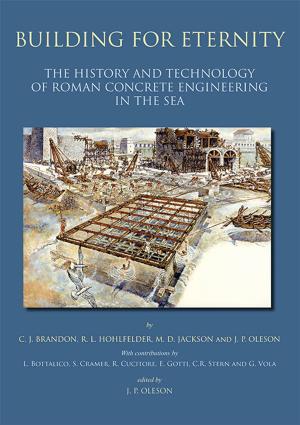Decoding Neolithic Atlantic and Mediterranean Island Ritual
Nonfiction, Social & Cultural Studies, Social Science, Archaeology, History| Author: | George Nash, Andrew Townsend | ISBN: | 9781785700514 |
| Publisher: | Oxbow Books | Publication: | March 31, 2016 |
| Imprint: | Oxbow Books | Language: | English |
| Author: | George Nash, Andrew Townsend |
| ISBN: | 9781785700514 |
| Publisher: | Oxbow Books |
| Publication: | March 31, 2016 |
| Imprint: | Oxbow Books |
| Language: | English |
What constitutes an island and the archaeology contained within? Is it the physicality of its boundary (between shoreline and sea)? Does this physical barrier extend further into a watery zone? Archaeologically, can islands be defined by cultural heritage and influence? Clearly, and based on these few probing questions, islands are more than just lumps of rock and earth sitting in the middle of a sea or ocean. An island is a space which, when described in terms of topography, landscape form and resources, becomes a place. A place can sometimes be delineated with barriers and boundaries; it may also have a perimeter and can be distinguished from the space that surrounds it. The 16 papers presented here explore the physicality, and levels of insularity of individual islands and island groups during prehistory through a series of case studies on Neolithic island archaeology in the Atlantic and Mediterranean regions. For the eastern Atlantic (the Atlantic Archipelago) papers discuss the sacred geographies and material culture of Neolithic Gotland, Orkney, and Anglesey and the architecture of and ritual behavior associated with megalithic monuments in the Channel Islands and the Scilly Isles.
The Mediterranean region is represented by a different type of Neolithic, both in terms of architecture and material culture. Papers discuss theoretical constructs and ritual deposition, cave sites, ritualized and religious aspects of Neolithic death and burial; metaphysical journeys associated with the underworld in Late Neolithic Malta and the possible role of its Temple Period art in ritual activities; and palaeoenvironmental evidence from the Neolithic monuments of Corsica.
The cases examined illustrate the diversity of the evidence available that affords a better understanding of the European-Mediterranean Neolithic 'island society', not least the effects of interaction/contact and/or geographical insularity/isolation, all factors that are considered to have consequences for the establishment and modification of cultures in island settings.
What constitutes an island and the archaeology contained within? Is it the physicality of its boundary (between shoreline and sea)? Does this physical barrier extend further into a watery zone? Archaeologically, can islands be defined by cultural heritage and influence? Clearly, and based on these few probing questions, islands are more than just lumps of rock and earth sitting in the middle of a sea or ocean. An island is a space which, when described in terms of topography, landscape form and resources, becomes a place. A place can sometimes be delineated with barriers and boundaries; it may also have a perimeter and can be distinguished from the space that surrounds it. The 16 papers presented here explore the physicality, and levels of insularity of individual islands and island groups during prehistory through a series of case studies on Neolithic island archaeology in the Atlantic and Mediterranean regions. For the eastern Atlantic (the Atlantic Archipelago) papers discuss the sacred geographies and material culture of Neolithic Gotland, Orkney, and Anglesey and the architecture of and ritual behavior associated with megalithic monuments in the Channel Islands and the Scilly Isles.
The Mediterranean region is represented by a different type of Neolithic, both in terms of architecture and material culture. Papers discuss theoretical constructs and ritual deposition, cave sites, ritualized and religious aspects of Neolithic death and burial; metaphysical journeys associated with the underworld in Late Neolithic Malta and the possible role of its Temple Period art in ritual activities; and palaeoenvironmental evidence from the Neolithic monuments of Corsica.
The cases examined illustrate the diversity of the evidence available that affords a better understanding of the European-Mediterranean Neolithic 'island society', not least the effects of interaction/contact and/or geographical insularity/isolation, all factors that are considered to have consequences for the establishment and modification of cultures in island settings.
